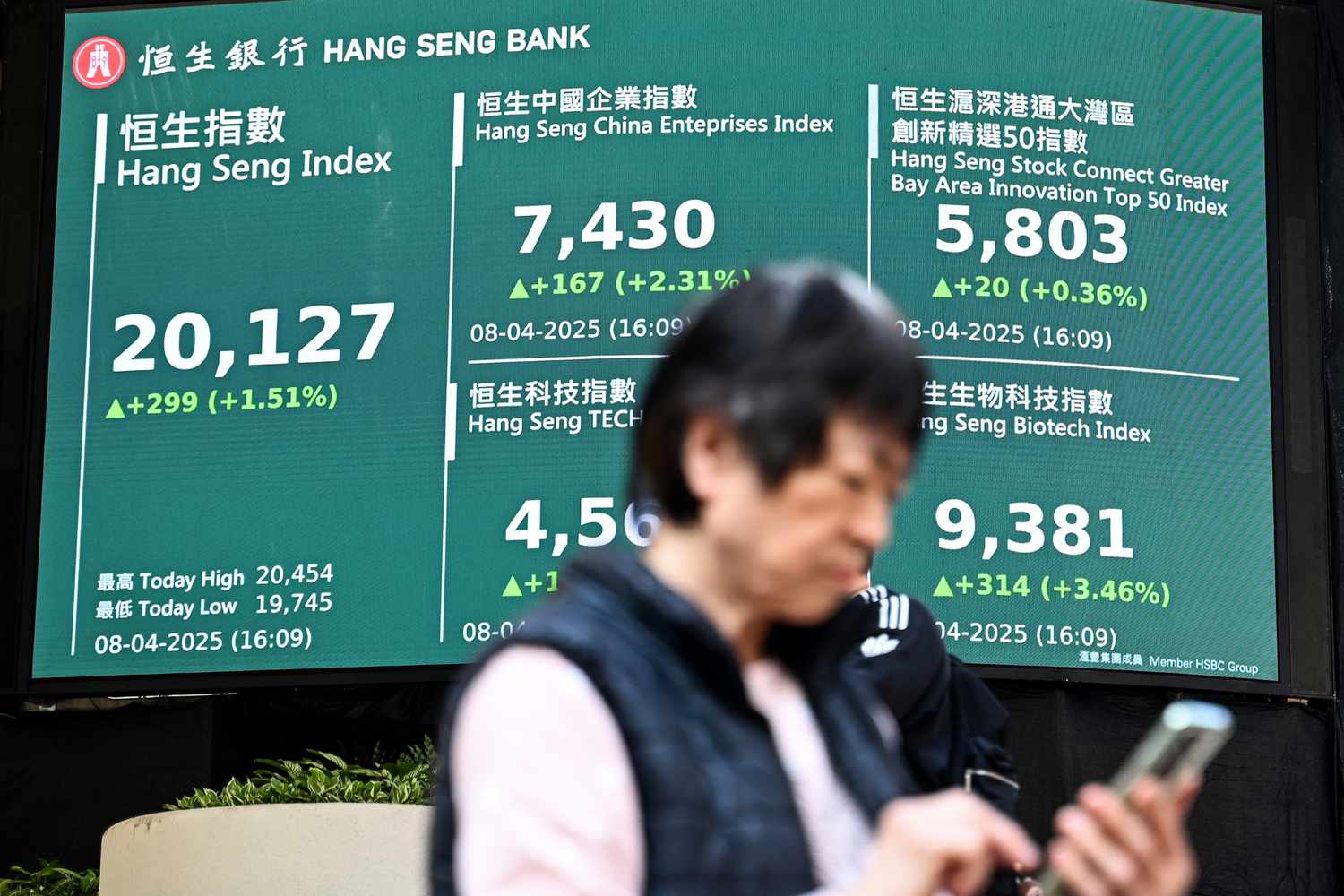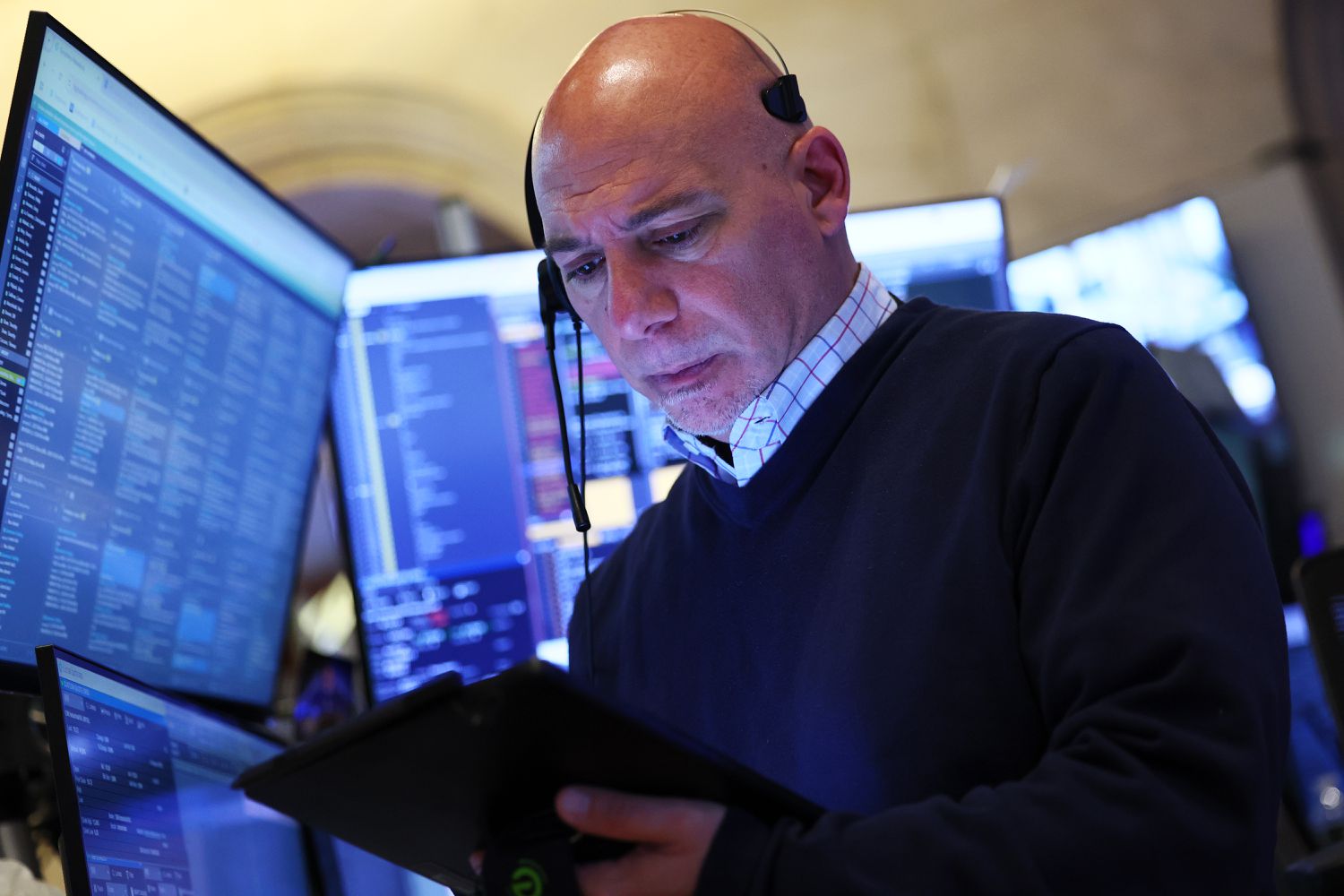How to Navigate the Complexities of Inheriting a House With a Mortgage


If you inherit a house with a mortgage, there is a lot to think about. Should you keep the house and take over mortgage payments? Should you sell it? Let’s look at all your options.
Key Takeaways
- If you keep the house, the deed will be transferred into your name. You can pay the current mortgage or refinance.
- If you sell the house, you can use the proceeds to pay off the remainder of the mortgage.
- If you keep the house and rent it out, a tenant’s monthly rent checks could cover the home’s mortgage payments.
- If you let the home fall into foreclosure, you won’t make any mortgage payments, hurting your credit rating.
Hang on to the House
If you decide you want to keep the house, you’ll also have to make the mortgage payments that come with it. This is a good option if you like the home and the current mortgage payments will fit into your budget.
“Many choose this option if they decide they want to move into the home, if it has sentimental value, or if the value of the home is expected to appreciate over time,” says Adam Rosenblum, attorney at Rosenblum Law.
As soon as you decide to keep the house, you’ll want to reach out to the lender handling the mortgage and ask about taking over the home’s existing mortgage.
“Once you have been approved, continue making monthly mortgage payments and pay for taxes, insurance, and upkeep on the home,” Rosenblum says. “You will then need to work with the lender or servicer to assume the loan and transfer the home’s deed to your name. You may also be able to refinance the home if you want to lower payments or remove other heirs from the title.”
Sell the House
Deciding to sell an inherited house is another option. The money from the sale may cover the remainder of the home’s mortgage. Any money left over after that can be used however you wish. Don’t forget about taxes.
“Any excess money made from the house can be kept by the homeowner or distributed to other heirs,” Rosenblum says. “Many choose this option if they cannot afford to keep the house, but note that you may also need to pay taxes on money made from the sale.”
Before you sell an inherited home, you’ll want to assess the value of the home by getting an appraisal.
“If you choose to sell the house, you should get the property appraised to determine its market value, which can be done with the help of your lender or by contacting a licensed appraiser,” Rosenblum says. “If you decide the value of the home is worth selling it, you should then work with a licensed real estate agent to list the home.”
Rent Out the House
Keeping the house and opening the house up to a tenant is another means of covering a home’s mortgage payments and making some additional cash each month.
“If you choose to keep the home but wish to also make some extra income from it, you can rent it out to someone else, which can also cover the mortgage payments,” Rosenblum says.
Becoming a landlord may be a way to make additional money from an inherited house, but there is much to consider.
“If you choose to rent the home, you should ensure compliance with any rental restrictions in your state, prepare the home, screen tenants, draft a lease agreement, and manage the property yourself or hire a property management company,” Rosenblum says.
Stop Payments on the House
You can choose to let an inherited house go into foreclosure, but it will hurt your credit rating to do so. Think carefully about choosing this option.
“If the mortgage exceeds the home’s value, or if you no longer wish to keep the home in any capacity, foreclosure is an option,” Rosenblum says. “However, we generally do not recommend foreclosure as a good option, as it can severely damage your credit score and make obtaining future loans more difficult.”
The Bottom Line
When you inherit a house with a mortgage, you have four key options to consider:
- You can keep the house, take over its mortgage payments, and have the deed transferred into your name.
- You can sell the house, and pay off the home’s mortgage with the proceeds of the sale.
- You can keep the house and rent it out to a tenant. Ideally, the tenant’s monthly rent check would cover the home’s mortgage plus some additional cash.
- You can let the home fall into foreclosure. This option may be tempting to do if the home’s mortgage is worth more than its current value, but it will damage your credit.

















